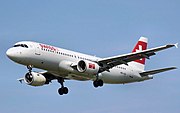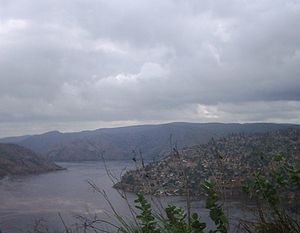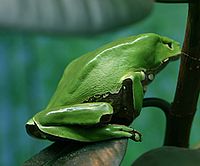A mammoth is any species of the extinct genus Mammuthus. These are members of the elephant family and close relatives of modern elephants. They were often equipped with long curved tusks and, in northern species, a covering of long hair. They lived from 4.8 million years ago to around 4,500 years ago.
The woolly mammoth was the last species of the genus. Most populations of the woolly mammoth in North America and Eurasia died out at the end of the last Ice Age. Until recently it was generally assumed, that the last woolly mammoths vanished from Europe and Southern Siberia about 10,000 BC, but new findings show, that some were still present here about 8,000 BC. Only slightly later the woolly mammoths also disappeared from continental Northern Siberia. Woolly mammoths as well as Columbian mammoths disappeared from the North American continent at the end of the ice age. A small population survived on St. Paul Island, Alaska, up until 6000 BC, and the small mammoths of Wrangel Island became extinct only around 2000 BC.
About there body…
Height - 5 meters (min) & 6.7 meters (max)
Weight - 6 to 12 tones
Tusk – upto 4.1 meters
Based on studies of their close relatives, the modern elephants, mammoths probably had a gestation period of 22 months, resulting in a single calf being born. Their social structure was probably the same as that of African and Asian elephants.
If such animals are still existing, it will be exciting for us to watch them and no more elephants will be called as big as well as large animals…
They were no more but still as fossils…












